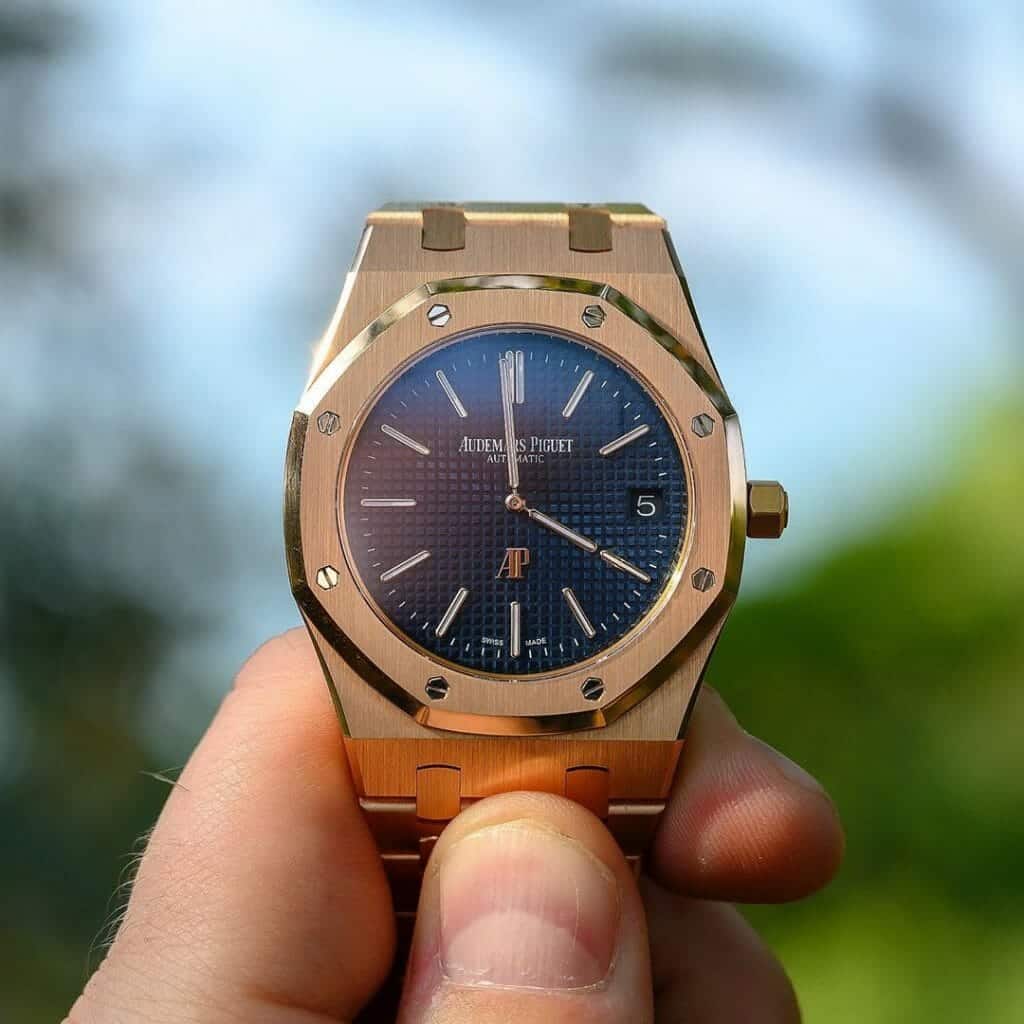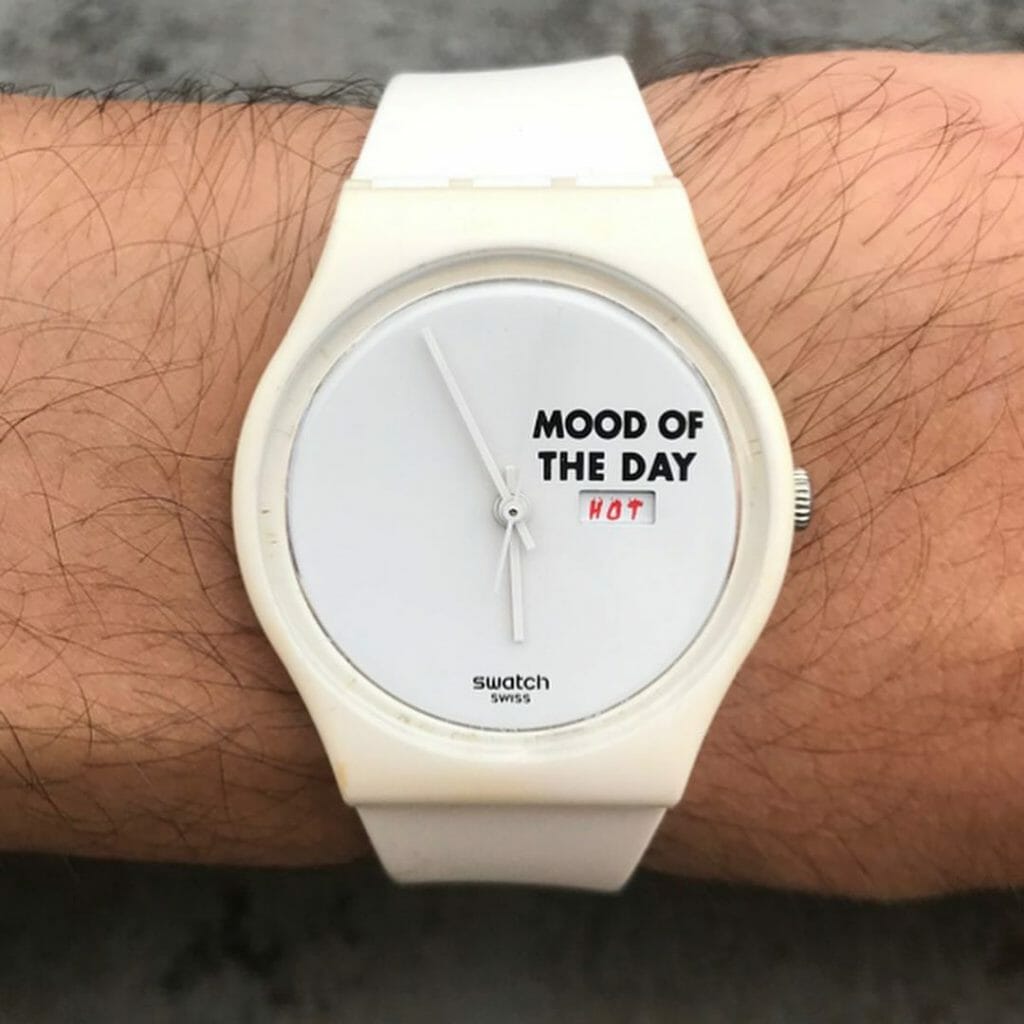The Collectors Circle is happy to have a mixed fan base of watch and car aficionados, sharing the same passion for rarities. Not all of you have the same knowledge of haute horology which is why we have been asked many times if we can post an article about watch basics. There has been a watch hype over the past few years and we want newbies to be able to understand what it’s all about and why watches are a must-have for every gentleman. So, here we go.
We will start with some entry level knowledge in this first post, talking about the different type of watches. This high-level overview will hopefully give you a better understanding of fine watch making and why this craftsmanship remains to be special in so many ways. Today we will take a closer look at the different (basic) types of mechanisms.
Automatic Watches
Automatic watches power themselves automatically by the movement of one’s wrist. The watch caliber has a rotor which generates the power to make the watch tick. The second hand moves smoothly and does not jump from second to second. Most timepieces in fine watchmaking are automatic watches. The top tier brands who manufacture them are Rolex, Audemars Piguet, Patek Philippe etc. Automatic watches belong to the segment of mechanical watches and are considered as the definition of fine watching because of the tradition, technique and craftsmanship behind it. Enjoy the beautiful pictures of our friend @openworked and his Audemars Piguet Royal Oak 15202OR. You can see the rotor (featuring the AP logo) through the sapphire caseback of the watch.
Manual Winding Watches
Manual winding watches belong also to the segment of mechanical watches but they have no rotor which is why you have to turn the crown in order generate the power for the watch movement. Once the caliber is fully wound, the watch will run for a few days. For example, the Hublot MP-05 LaFerrari provides a monumental power reserve of 50 days. Luxury brands show the remaining power of the watch by a power reserve indicator on the dial of the watch. Up until 1960s it was the only way to produce a watch. This is why most of the pocket watches are manual winding watches. Mechanical watches in general, but especially the manual winding ones are known for their durability and can last (if well maintained) over generations. Enjoy the stunning pictures of @iwcgirl and @iwcwatches of the Portofino Hand Wound Tourbillon Rétrograde. As you can see, there is no swinging rotor integrated. But you find the power reserve indicator (of 8 days) is placed at 3 o’clock.
IWC Portofino Hand Wound Tourbillon Rétrograde by IG @iwcgirl IWC Portofino Hand Wound Tourbillon Rétrograde by IG @iwcgirl IWC Portofino Hand Wound Tourbillon Rétrograde by IG @iwc IWC Portofino Hand Wound Tourbillon Rétrograde by IG @iwc
Quartz Watches
The quartz watch is operated by a battery that makes the second-hand jump once every second and is, therefore, easy to differentiate from other type of watches. Most timepieces (around 85%) that are produced these days are quartz watches but (for most watch collectors) they aren’t categorized as fine watches. When quartz watches were first introduced, they caused the quartz crisis – a long-term economic crisis threatening the existence of the Swiss watch industry which almost completely replaced mechanical watches with the then new electronic watches with quartz technology. The crisis spanned from 1970 to the mid-1980s and affected the whole industry due the cheap production and high accuracy of quartz watches. Enjoy the lovely pictures of @swatch_of_the_day who collects the most famous (quartz) watch brand in the world, Swatch.
We hope that we gave you an overlook of the three different main types of watch movements. Let us know if you have any questions or comments.













